
If you're a runner, cyclist, or someone who spends long hours on their feet, you may have experienced tightness or discomfort in your outer thigh or knee. Your IT band, officially called the Iliotibial band or tract, is a thick, fibrous band of tissue running along the outside of your hip down to the outside of your knee.
It plays a crucial role as a knee stabilizer during physical activity. The IT band becomes activated almost anytime you're not standing still, making it quite susceptible to injury. Due to this, proper warm-ups and stretching routines are crucial. Keep reading for our guide to the best IT band stretches.
What is IT Band Syndrome?
Before we dive into the stretches, let's clarify what they're designed to protect against: IT band syndrome. This condition is often triggered by overuse, particularly in endurance sports like long-distance running or cycling. IT band syndrome occurs when the IT band becomes inflamed, most commonly leading to pain around the knee. Runners and cyclists are especially prone to developing this issue.
Certain physical characteristics, such as a pronounced pelvic tilt, having legs of different lengths, or being bow-legged, can heighten your susceptibility to developing this condition. If any of these describe you, mastering how to stretch your IT band becomes crucial. While we can't promise that stretching will completely prevent injuries, it will undoubtedly lower your risk of experiencing IT band syndrome.
How to Stretch Your IT Band
While rest and ice can help, effectively stretching your IT band is crucial for long-term relief and preventing future issues.
We'll dive into the best, most effective stretches designed to target your IT band, helping you find relief and improve your flexibility. Get ready to learn how to properly stretch the IT band and get back to pain-free movement!

Seated Hip Stretch
Sit on the floor with your left leg stretched straight out in front of you. Place your right foot flat on the ground to the left of your left knee, with your right knee bent and pointing upward. Rotate your torso to the right, using your right hand on the floor for balance, and gently press your right knee with your left hand to maintain position. Twist until you feel a stretch in the IT band of your right (bent) leg. Hold for 20 seconds, then switch to stretch the other leg. Repeat for two stretches per side.
A crucial point to remember with all the stretches mentioned here is that you should always feel a stretch, not pain. If you experience pain in your IT band while doing these stretches, it's a strong sign you're pushing too far. When this happens, reduce the intensity of the stretch immediately. Another indicator of over-stretching is shaking—the limb you're stretching should be able to be held still and steady without tremors.
Lying Knee to Shoulder Stretch
This stretch, as its name implies, is performed while lying on your back. While in this position, bend your left knee toward your chest and grasp it from underneath with both hands. Gently pull it toward your right shoulder until you feel a mild stretch in the IT band of your left (bent) leg. Avoid pulling too forcefully, as only a light effort is needed to achieve the stretch.
Hold this for 20 seconds before you switch legs, this time gently pulling your right knee towards your left shoulder. Perform this stretch twice with each leg.
Standing Cross-Legged Stretch
Here’s another stretch that needs no special equipment or furniture. It does, however, call for more balance and core strength than the two previous stretches.
Stand up and cross your left leg behind your right leg at the knee, so your left foot is to the right and your right foot is to the left. For the next part, take it slow and steady to avoid overstretching or injury. Bending slightly at the waist, lean down to your right side, keeping your arms loose and pointing towards the floor. As you shift your weight into your hips, you should feel a stretch in the IT band of your left leg.
You might feel a bit like a ragdoll here, and it's certainly an unorthodox position, but it's an excellent stretch for your IT band. Hold for 20 seconds, then take a moment to breathe since some blood might have rushed to your head. Afterward, proceed to stretch the other side: this time, your right leg should be behind your left, and you'll be leaning to your left. Remember to make gentle, controlled movements throughout this stretch.
Tip: Don't worry if the previous method proves too challenging for your balance. You can follow the same steps by propping your back against a wall. This modification might even allow you to stretch further, but always remember to stop increasing the stretch before it becomes painful!
Lying Rope or Towel Stretch
You guessed it—for this stretch, you'll need a rope, a long towel, or a resistance band. Lie down on your back and bring your left leg up towards you. Loop the rope around the bottom of your foot and hold both ends in one hand. Next, straighten your leg while keeping the rope secure on your foot (you might need to slightly loosen your grip). Then, keeping your leg straight, move your leg to the right until your left foot is nearly touching the floor. Your right leg should remain extended straight ahead, forming an "L" shape with your legs. The rope is there for stability, as this is admittedly a somewhat awkward position.
You should now feel a stretch in the IT band of your left leg. Hold this position for 20 seconds before switching legs, and perform it twice on each side.
Foam Roller
Admittedly, this is less of a stretch and more of a recovery exercise, but it's incredibly worthwhile for your IT band, so we had to include it. To perform this exercise, you'll need a foam roller.
Place the foam roller on the floor and position yourself on your side so the IT band of your left leg rests on top of it. Your right leg should be stacked on your left, and your arms and the foam roller will support your weight. Now, use your arms to roll your body back and forth, allowing your entire IT band to move over the foam roller.
Be careful not to put too much weight directly onto your IT band, as this could potentially damage the muscles beneath it. Instead, gently roll back and forth for 20 seconds with each leg, completing the exercise twice per leg.
This exercise will help relieve tension in your IT band, increase blood flow to the area, and might even temporarily boost your range of motion. Think of it as a concentrated massage for your IT band.
So there you have it: our top tips for effectively stretching your IT band. Our core philosophy, and indeed our overall approach to injury, is that prevention is always better than cure. Consistently warming up correctly before exercise and incorporating the stretches we've outlined will significantly help reduce your risk of injury.
At PCSsole, we believe in protecting your body from injury, which is why we develop cushioned insoles. These insoles are suitable for all types of athletes and are effective in preventing conditions like iliotibial band syndrome and plantar fasciitis. Find the right insoles for you by visiting our product page today.


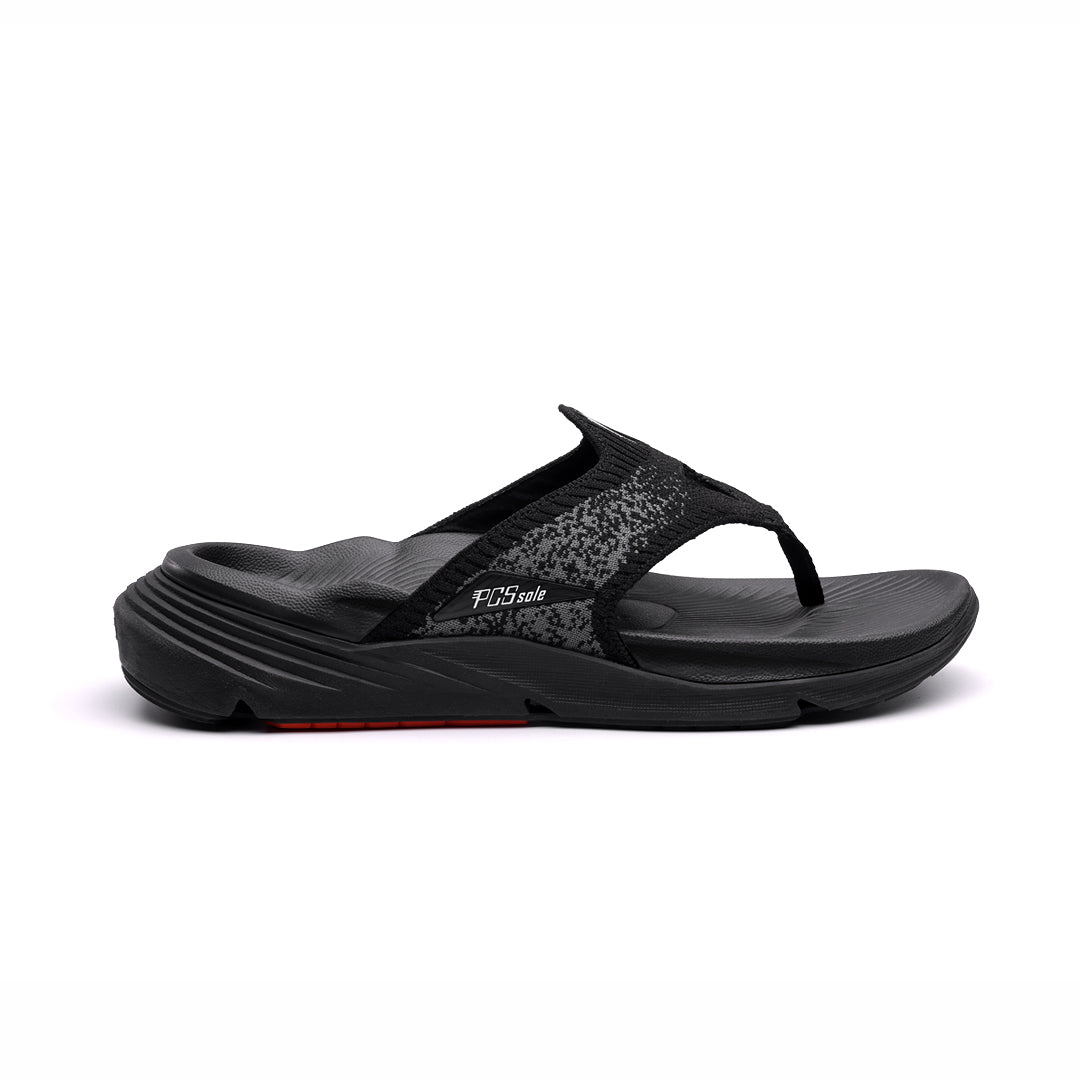

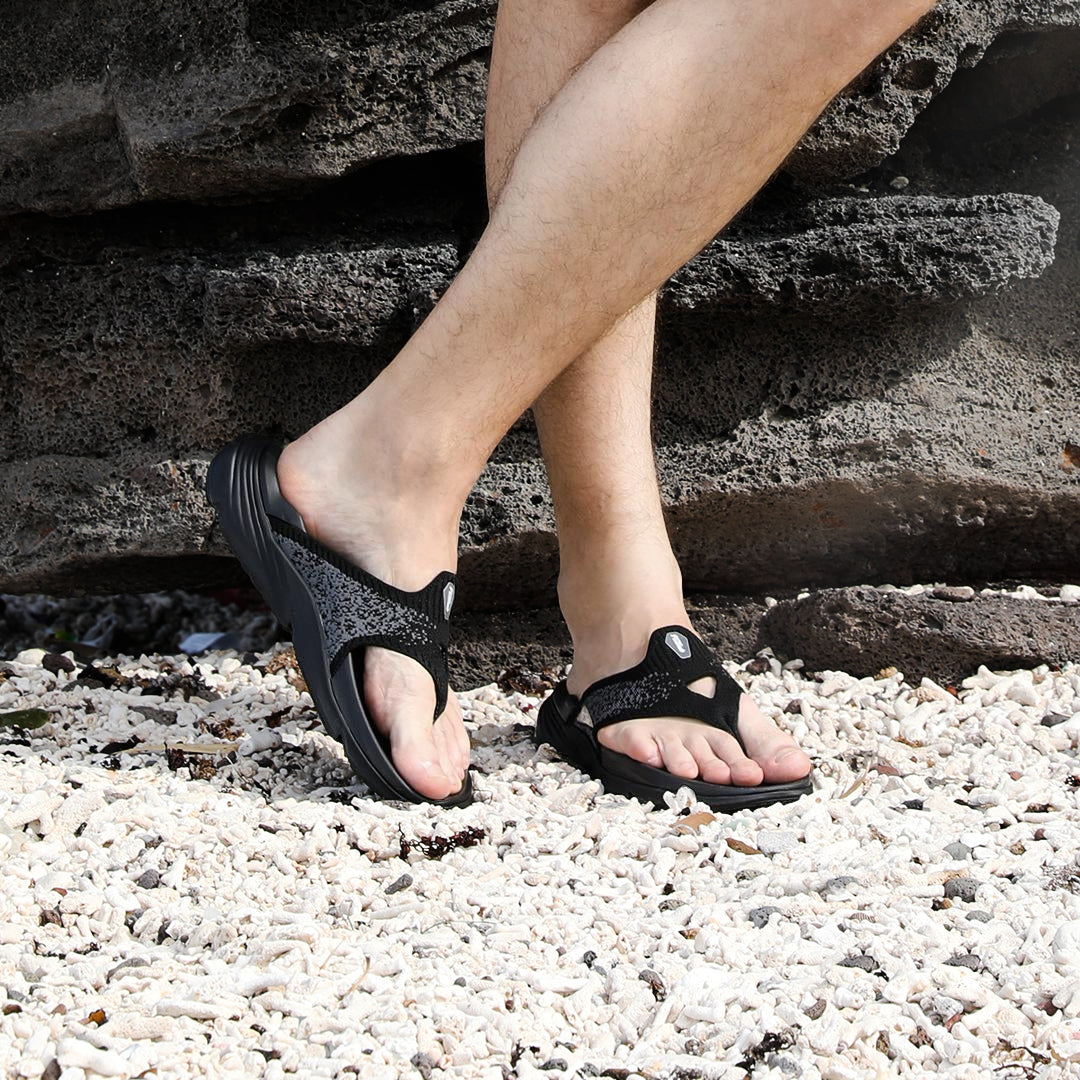
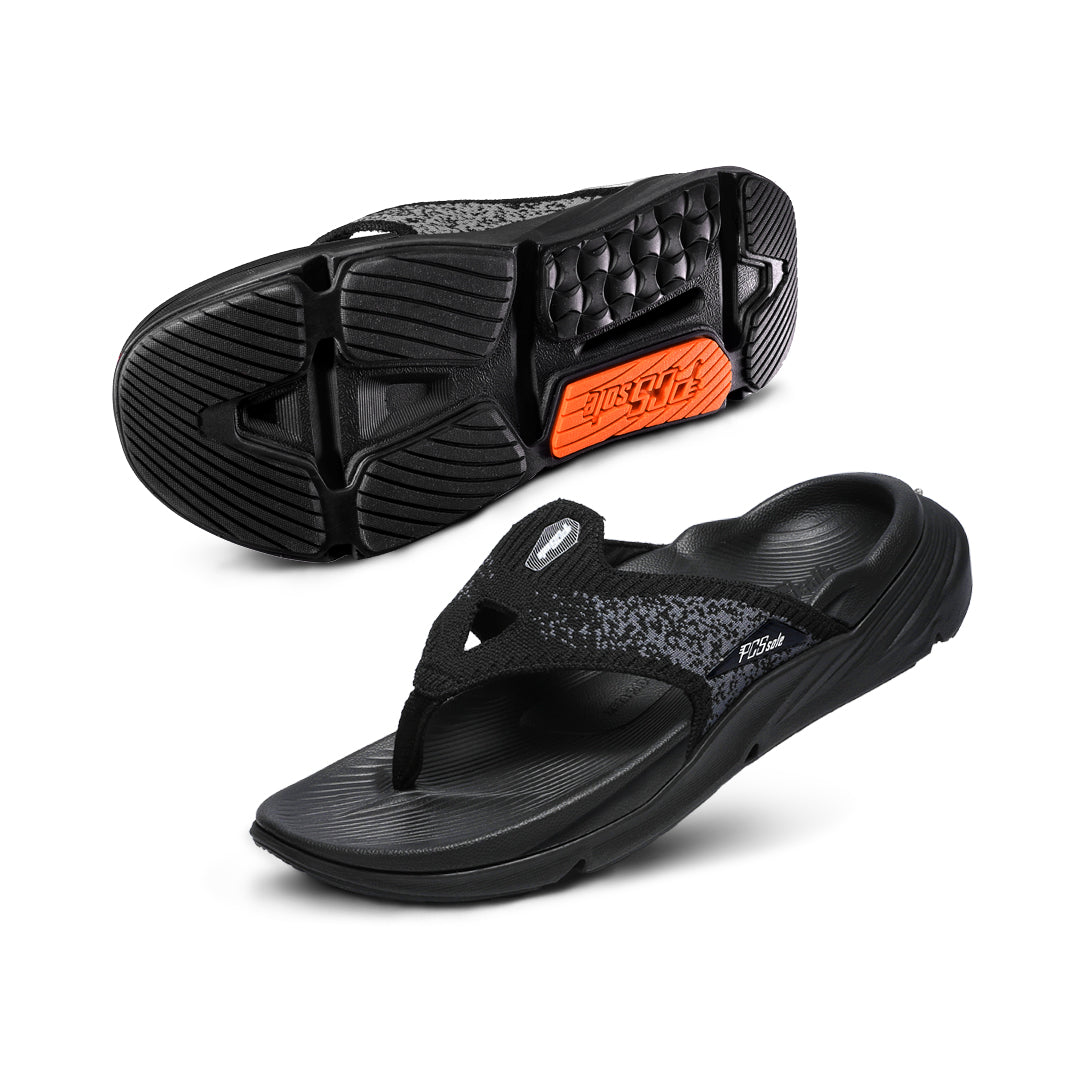
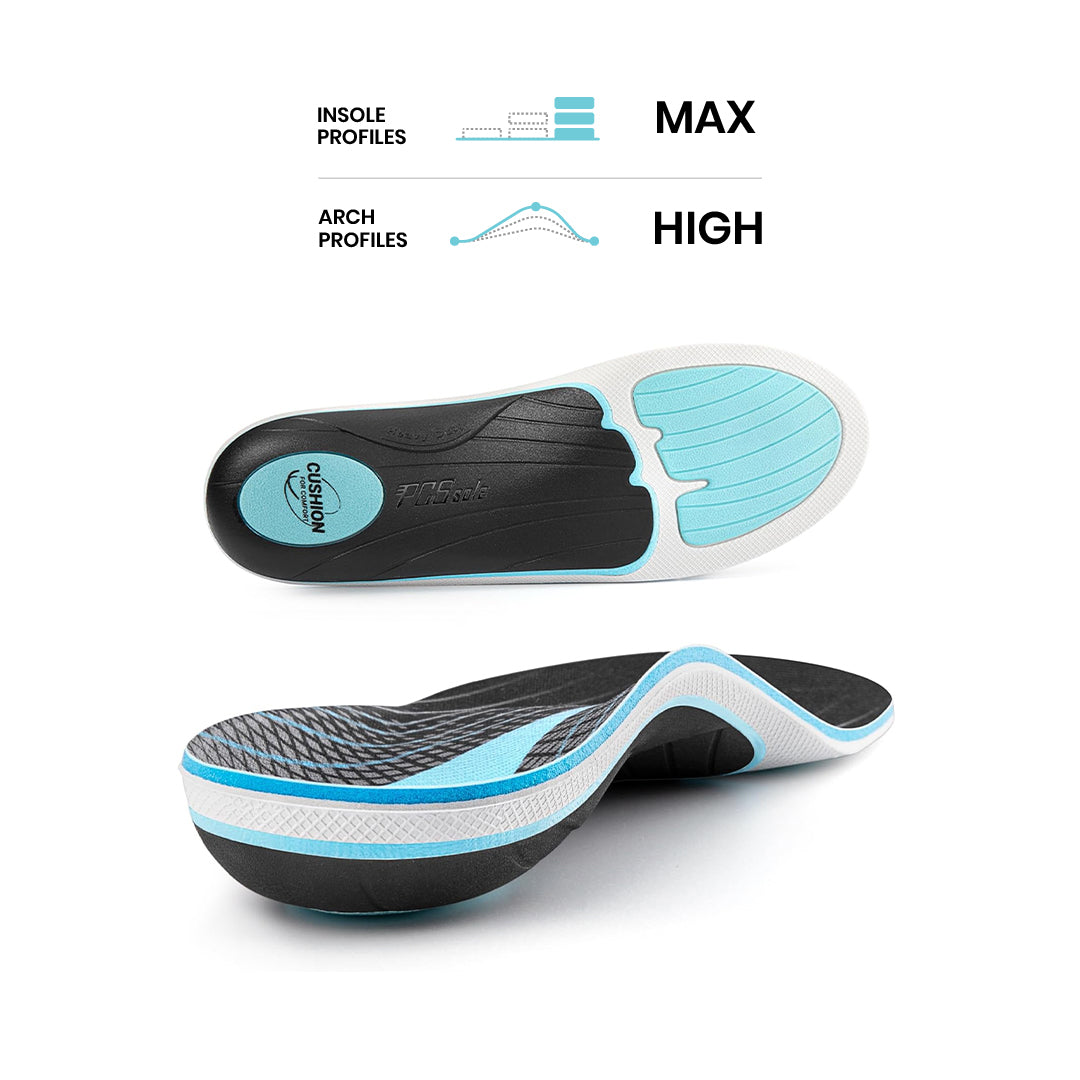
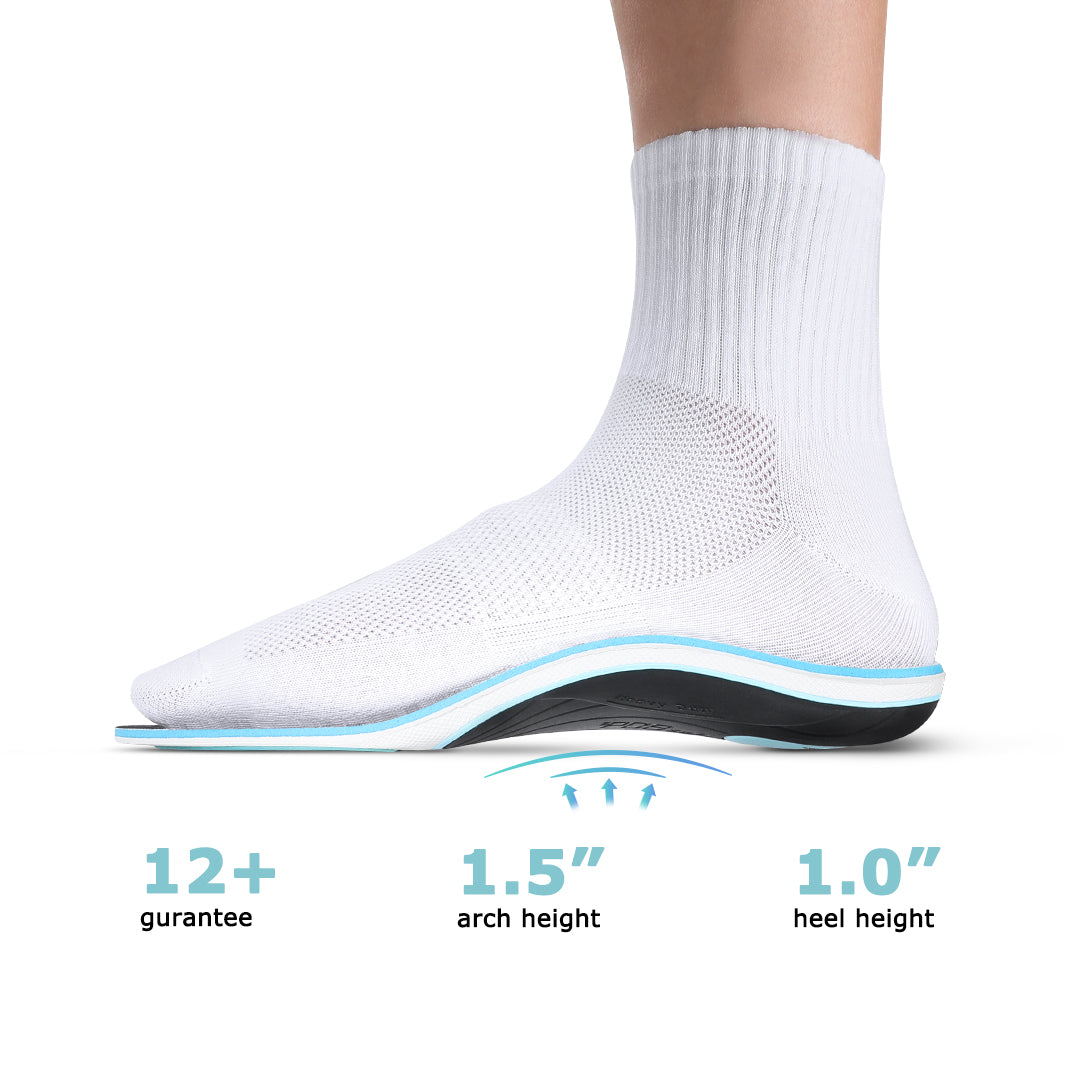
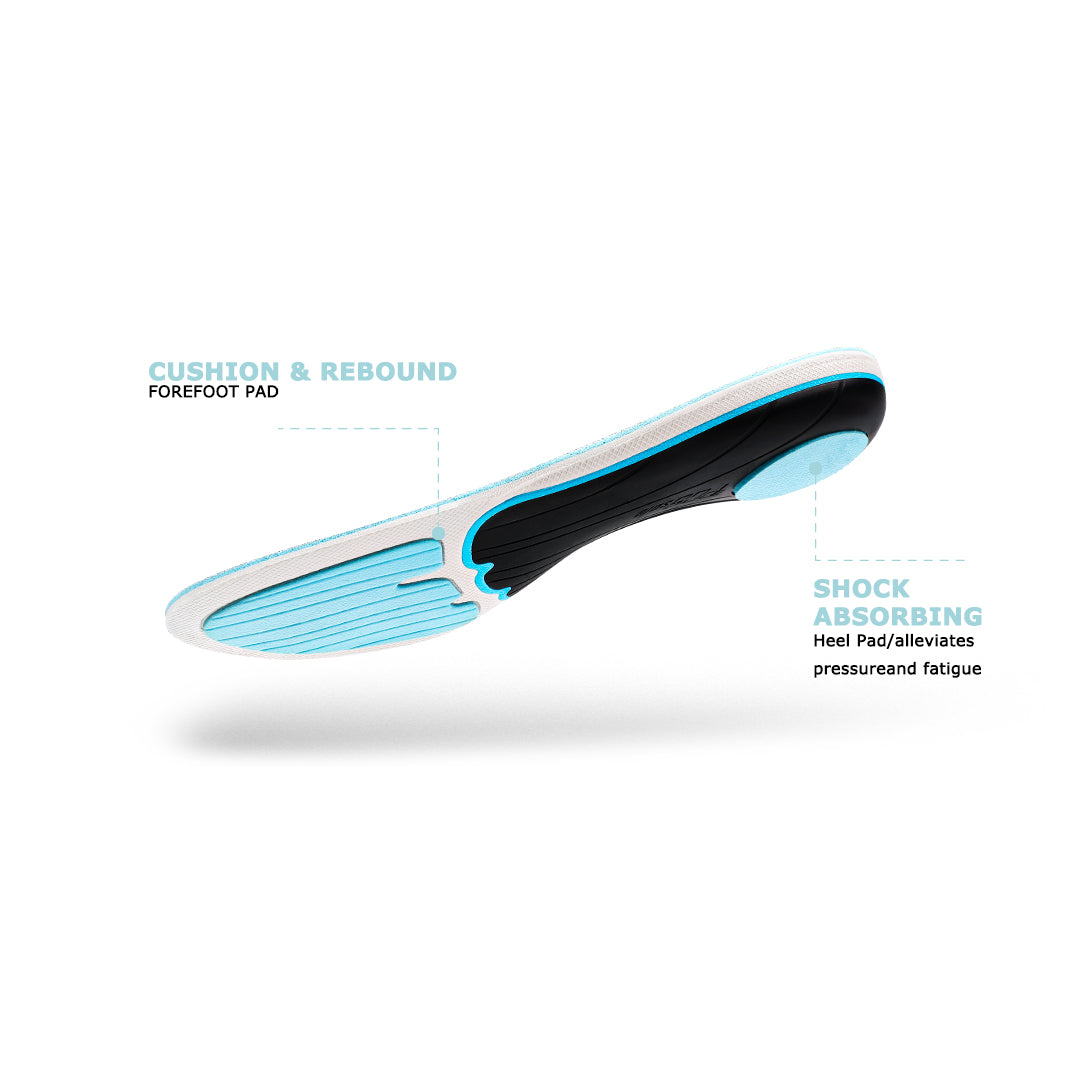
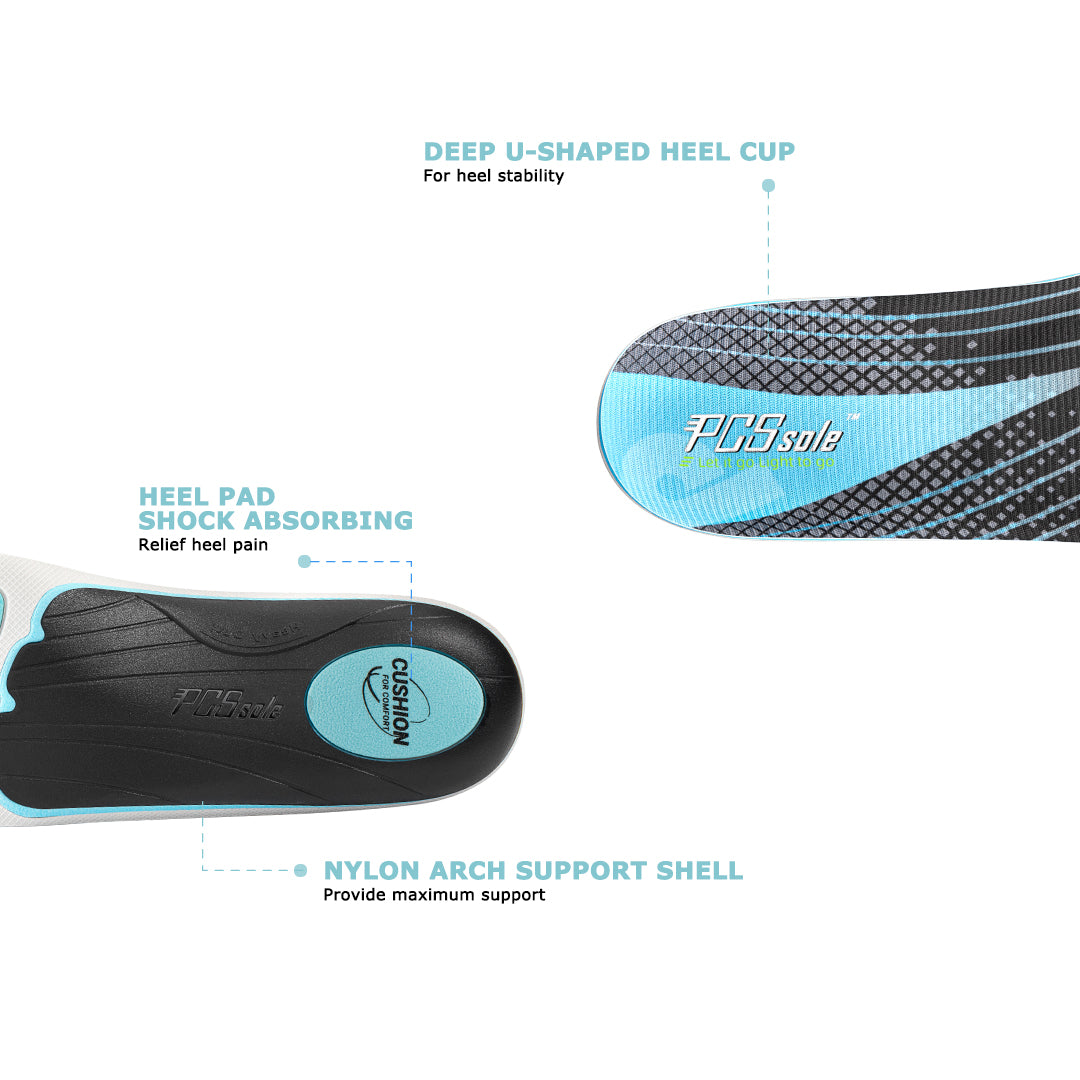
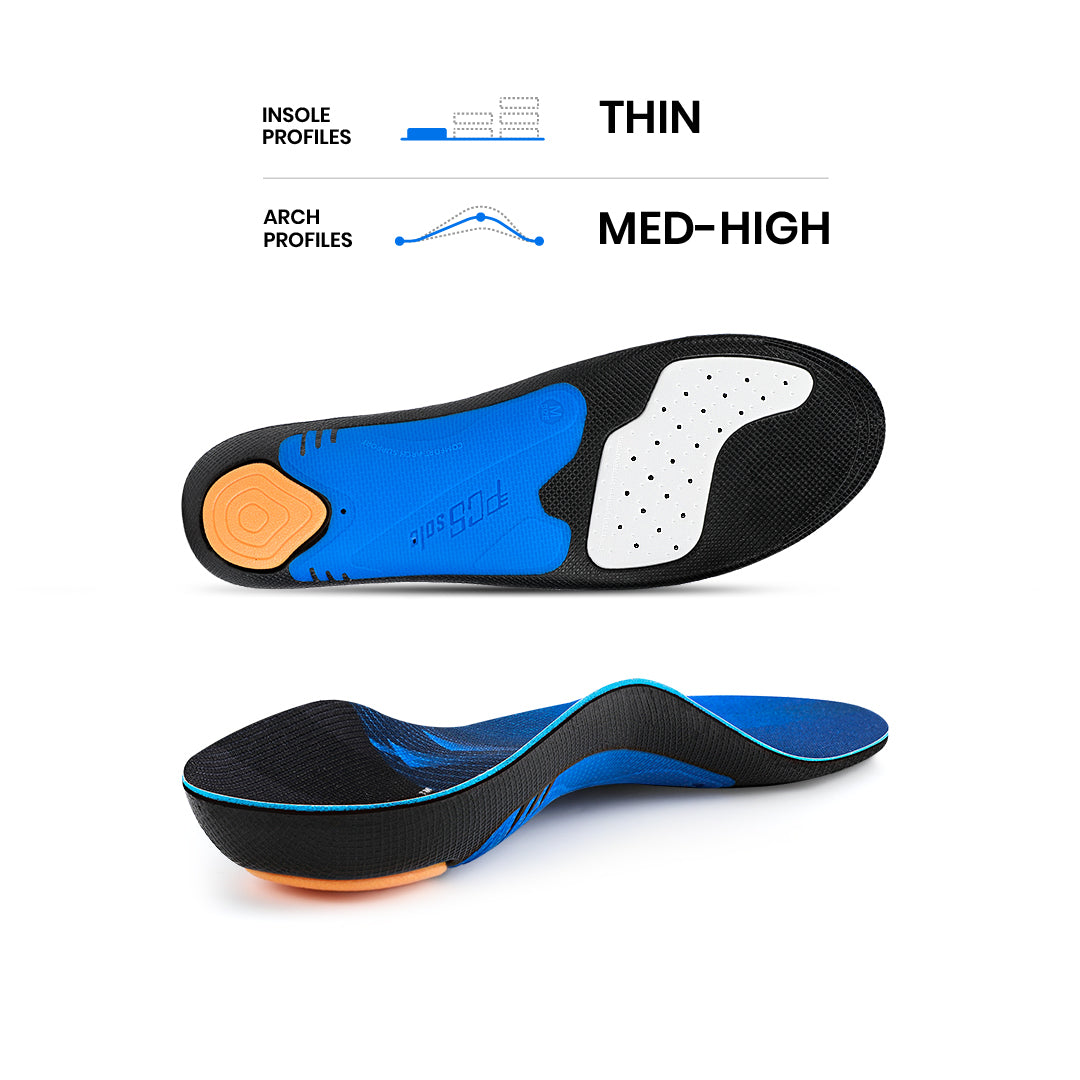
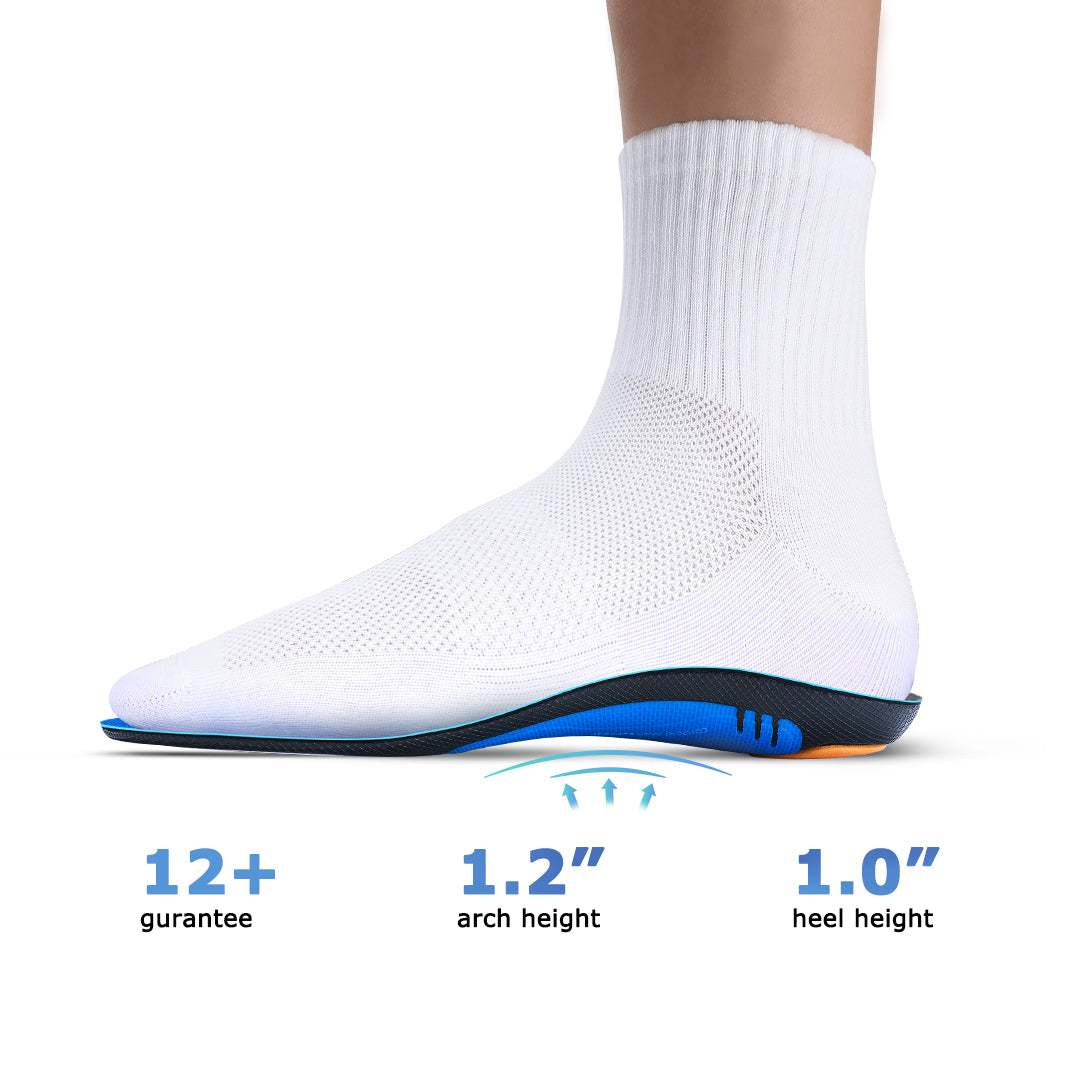
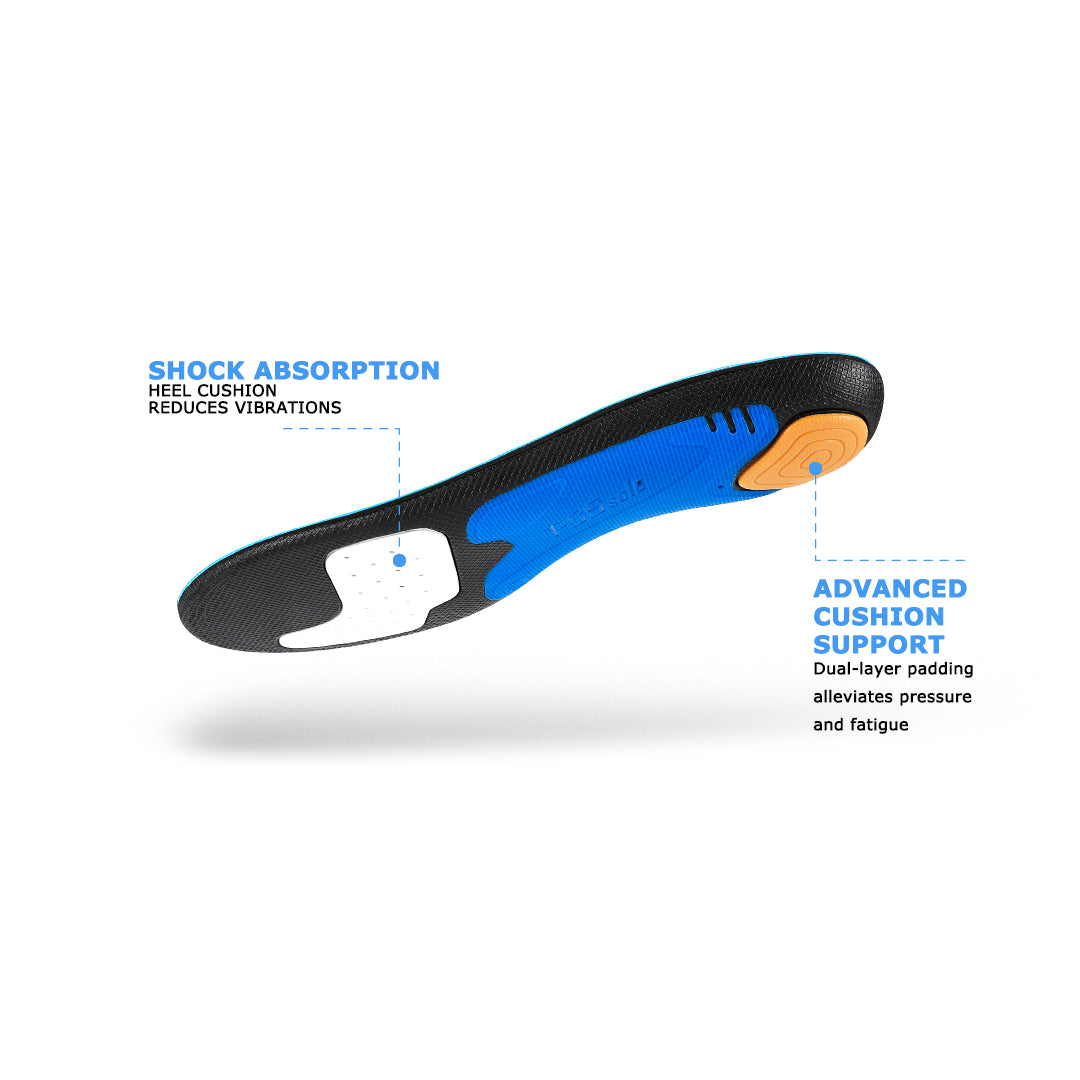
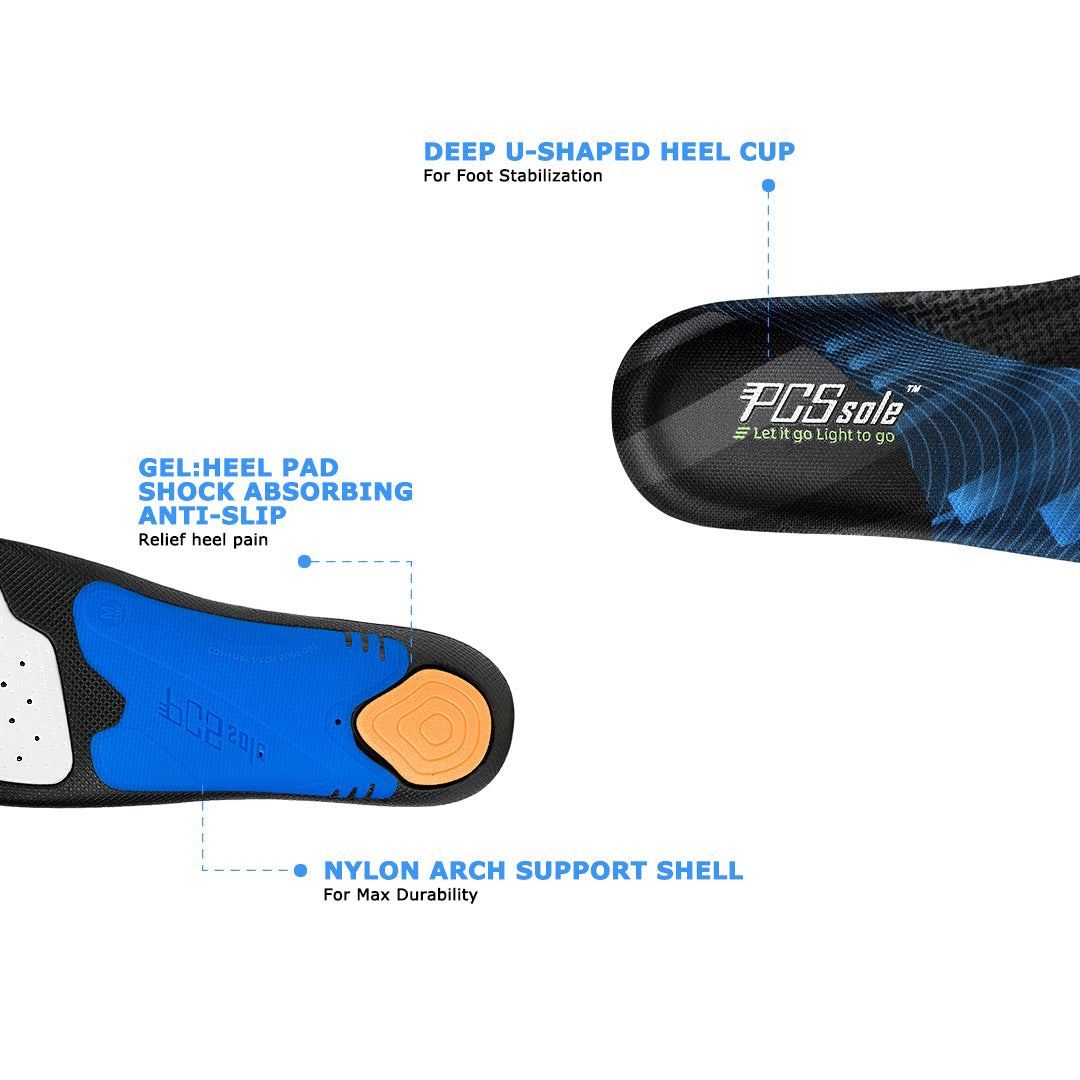
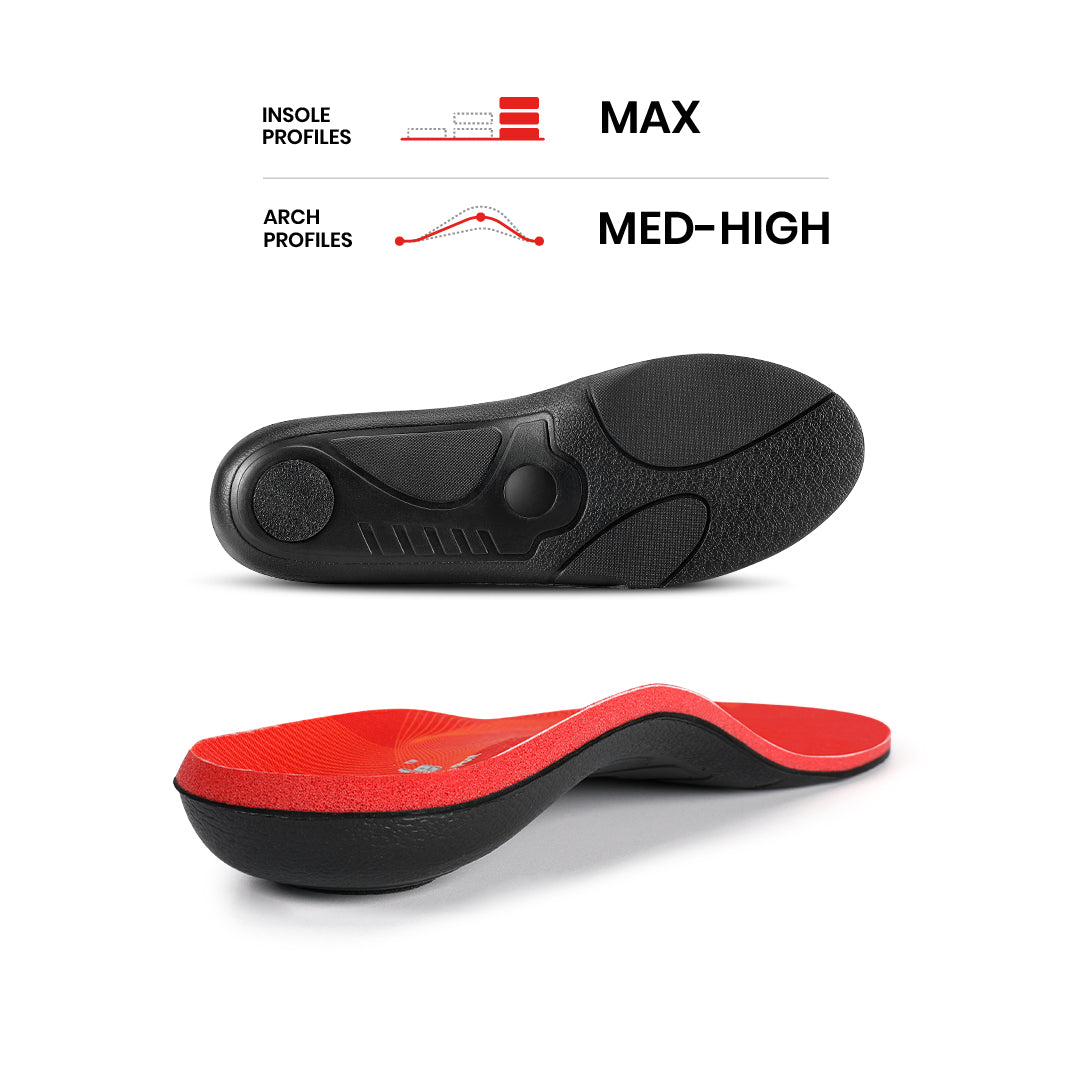


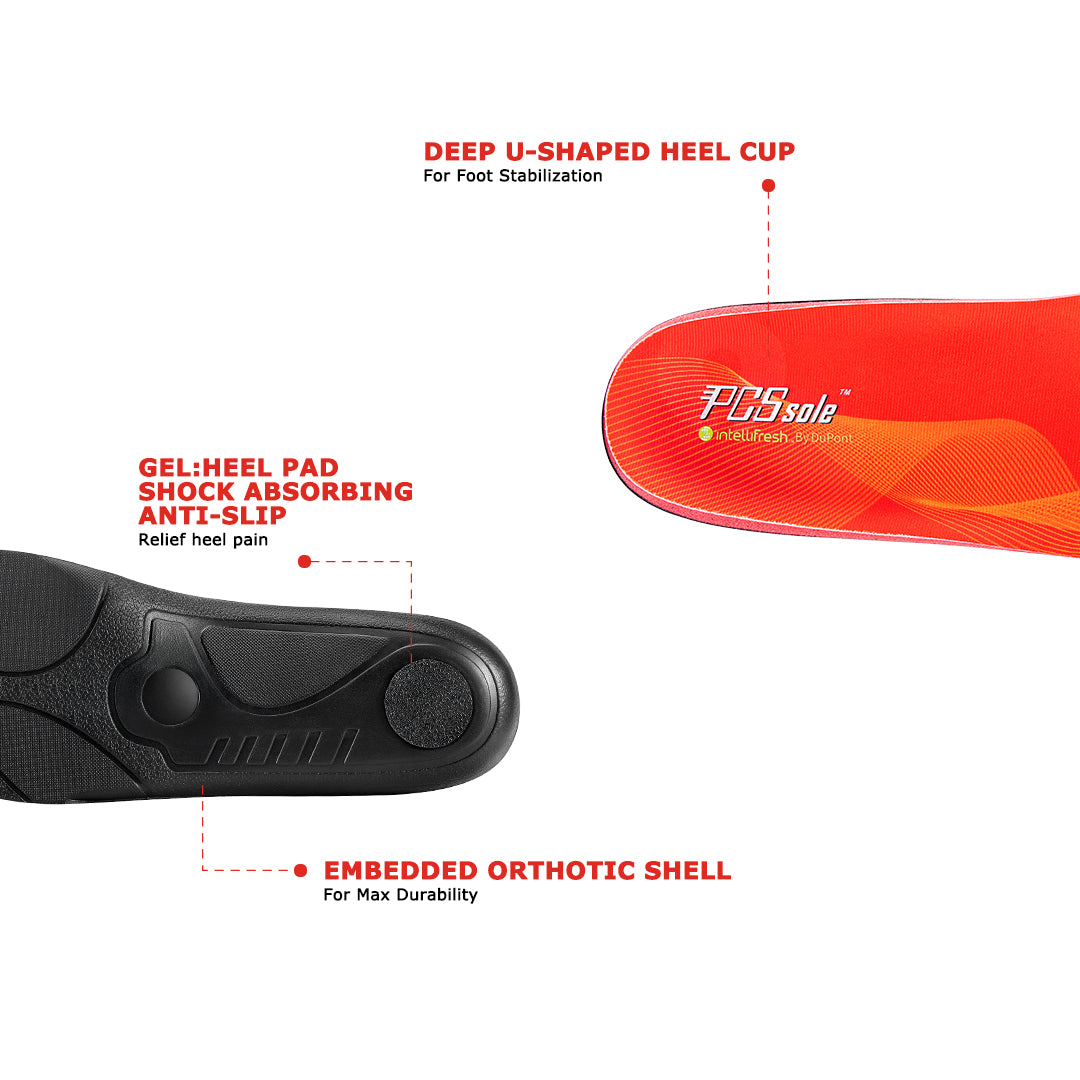
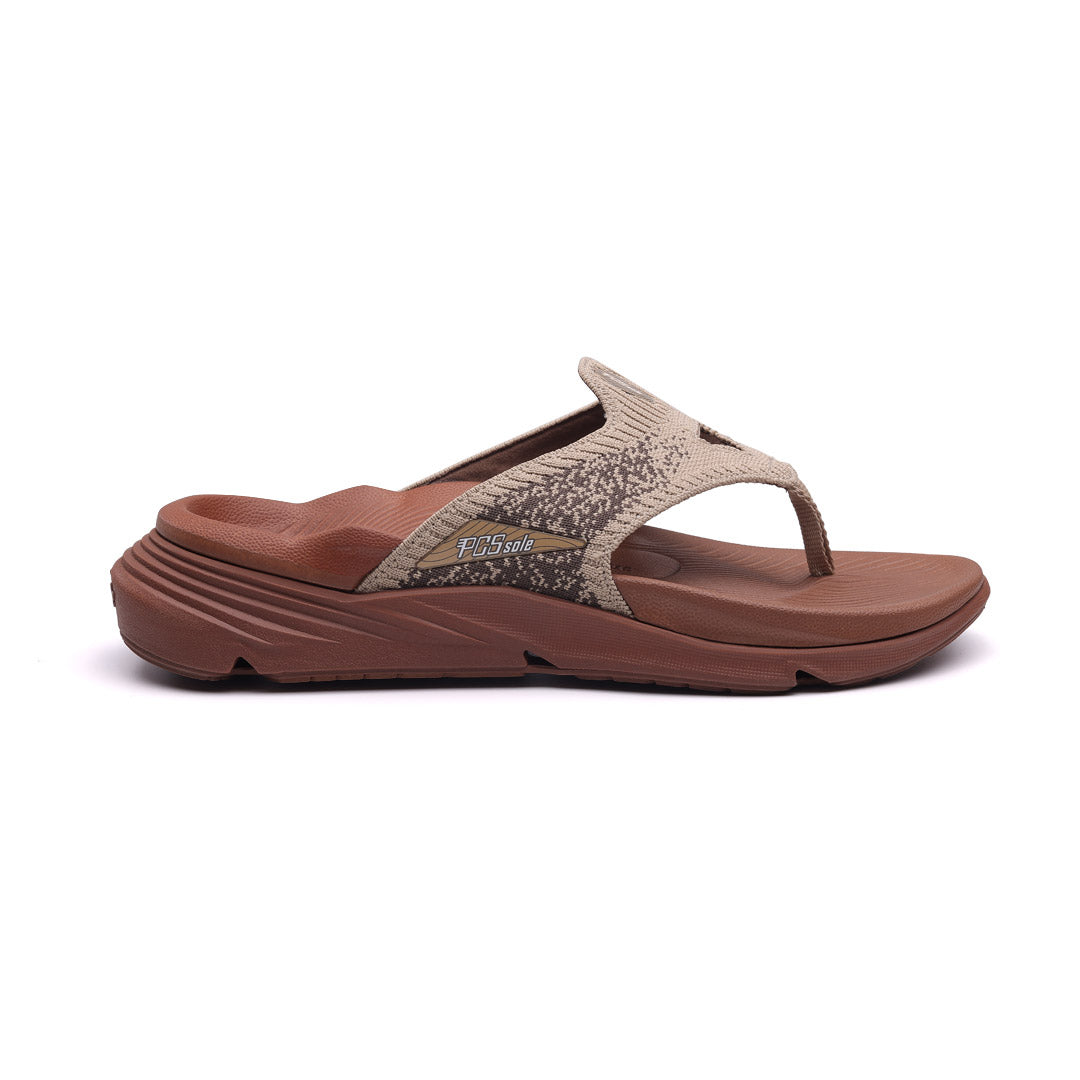


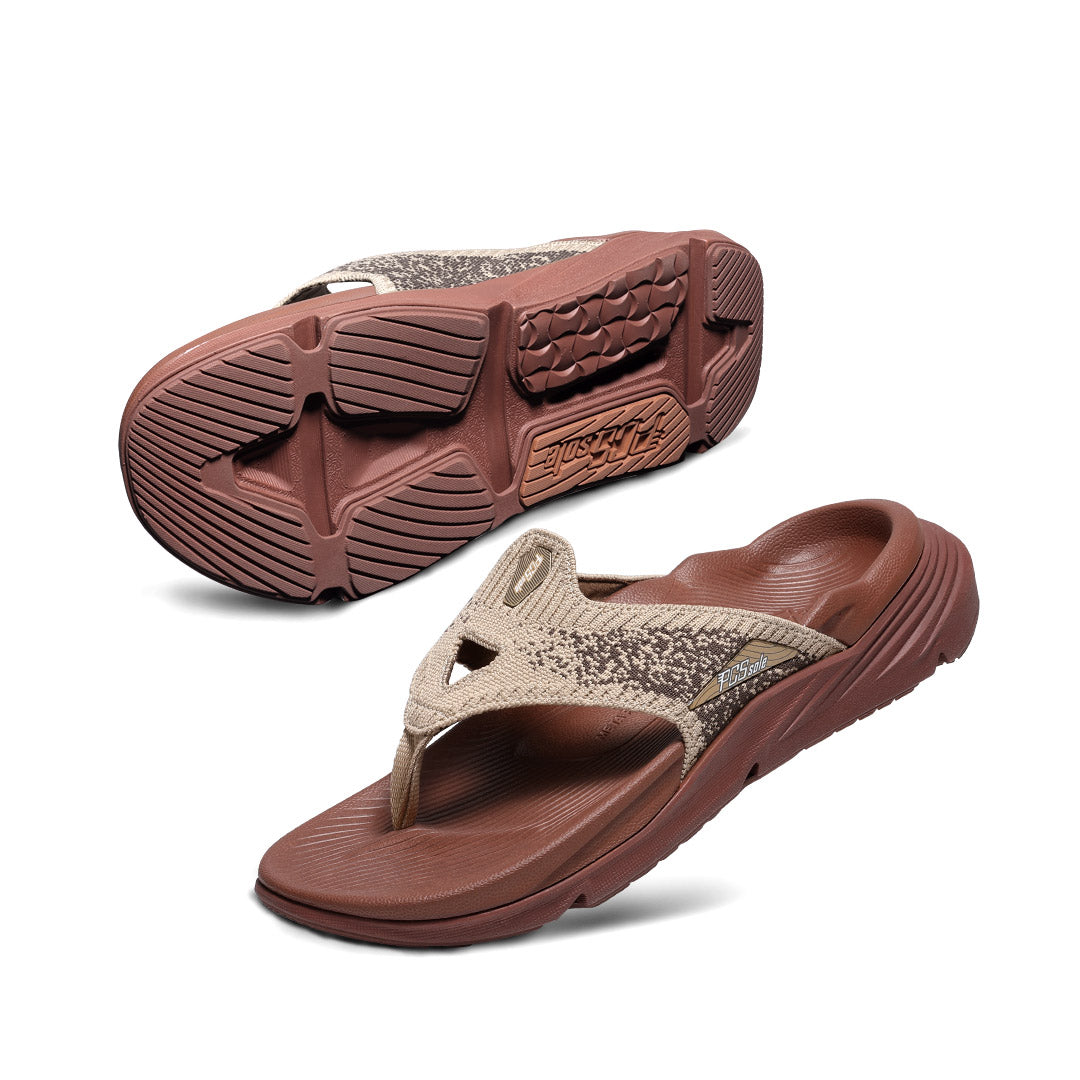
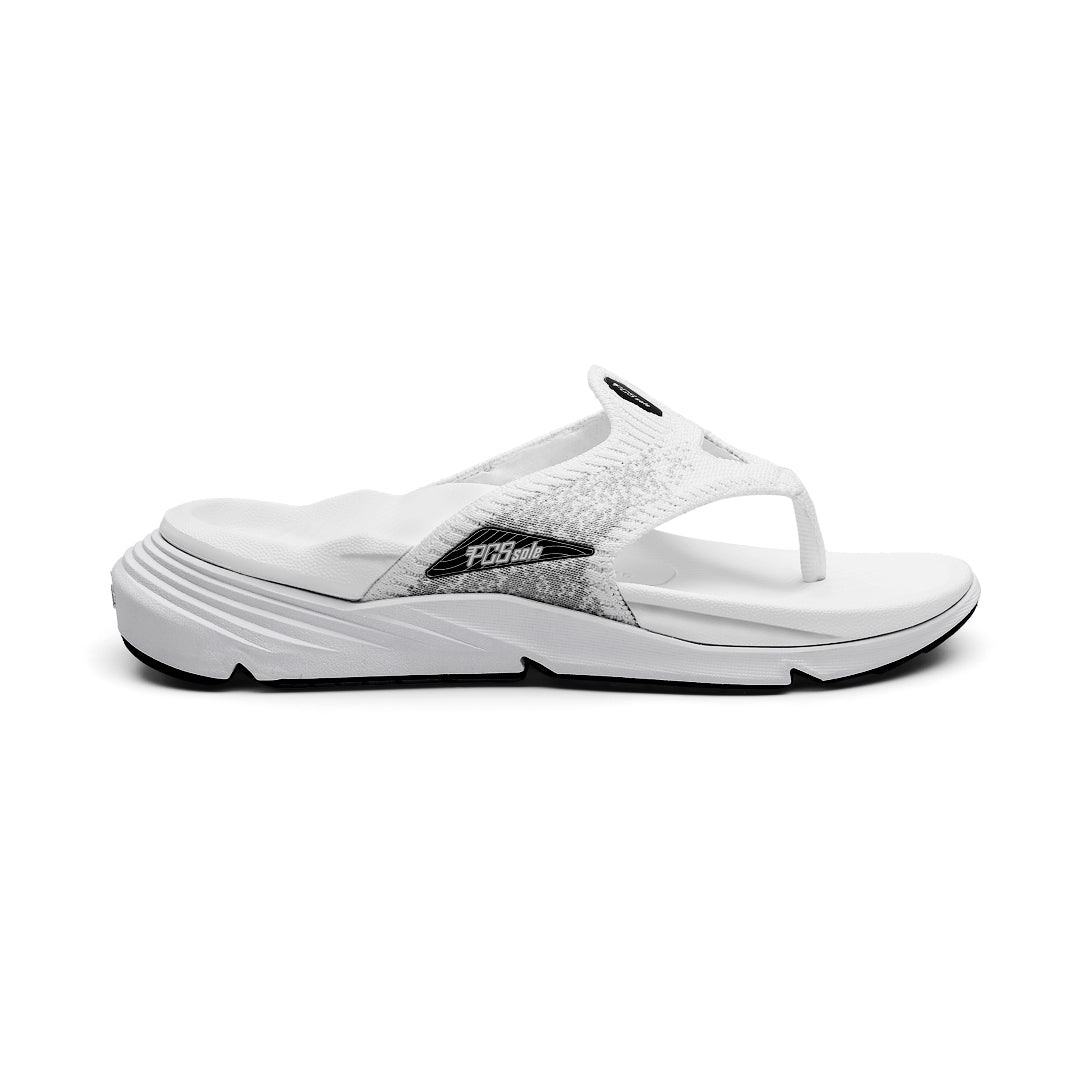


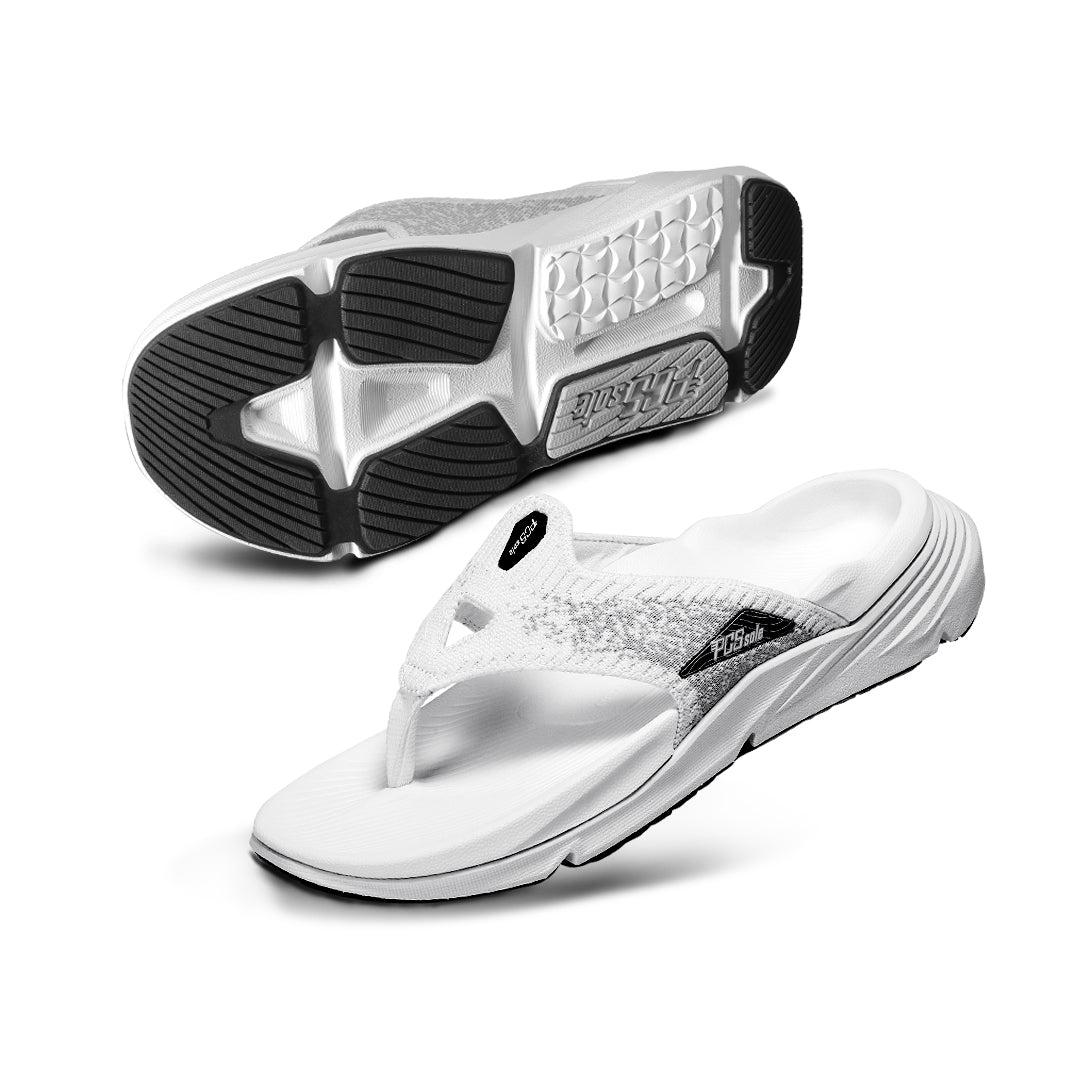
Aktie:
How to Choose Insoles if My Sneakers Are Too Big?
7 Best Foods for Neuropathy(+Foods to Avoid)